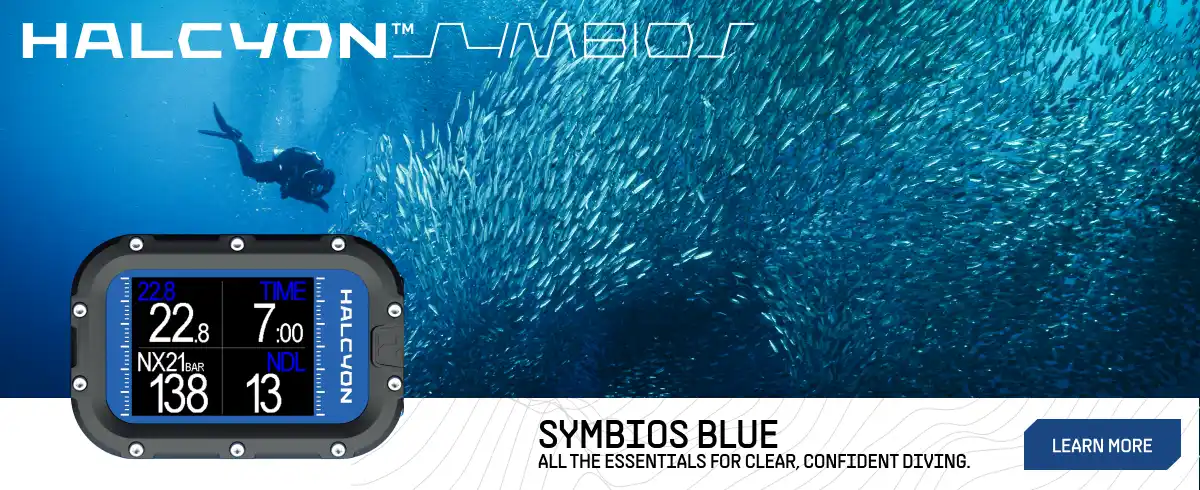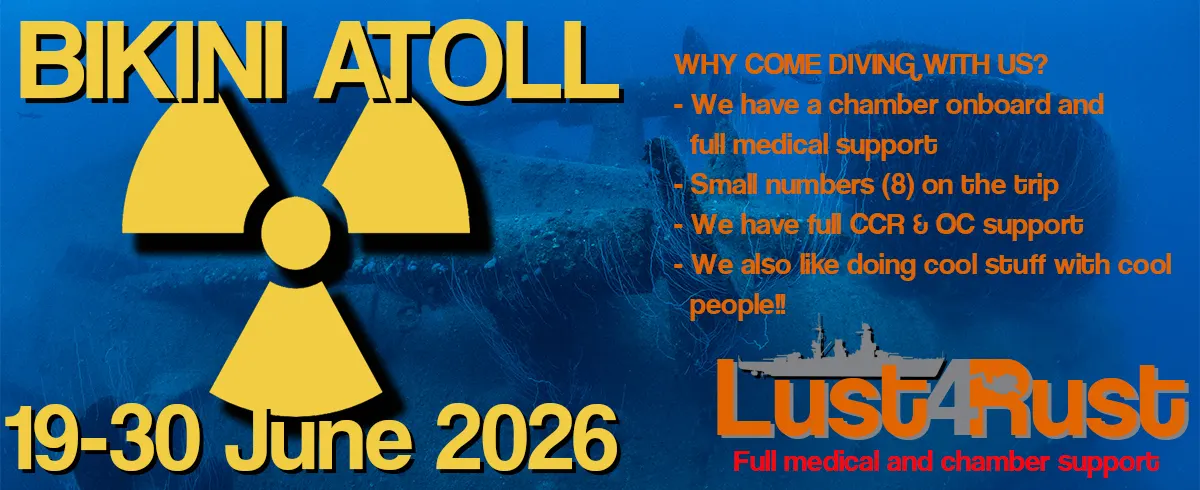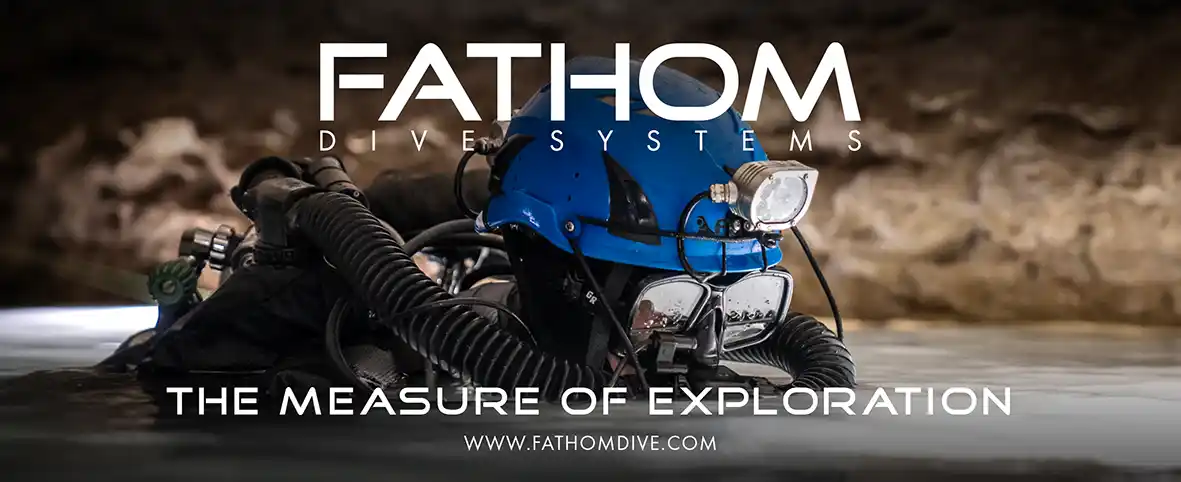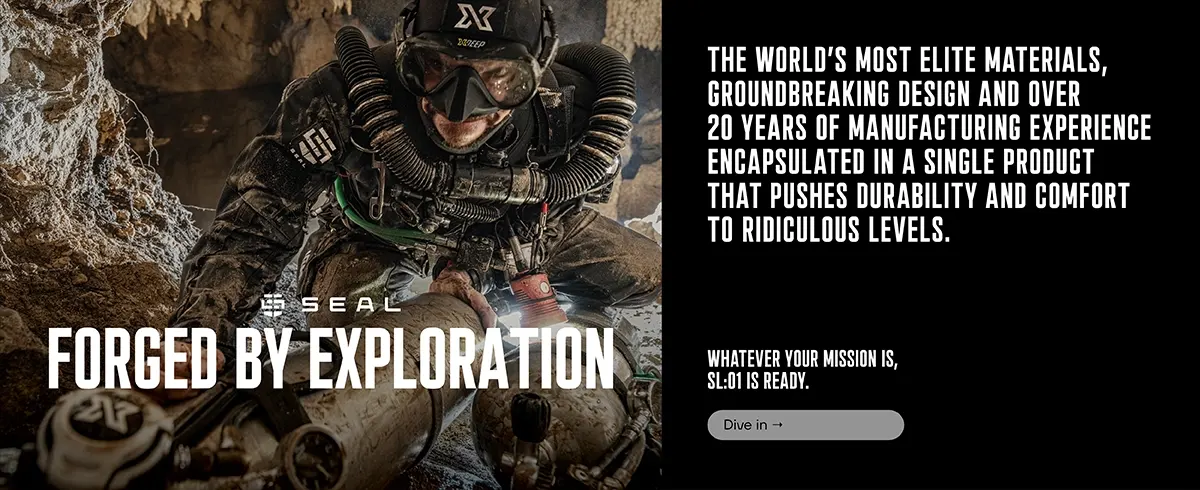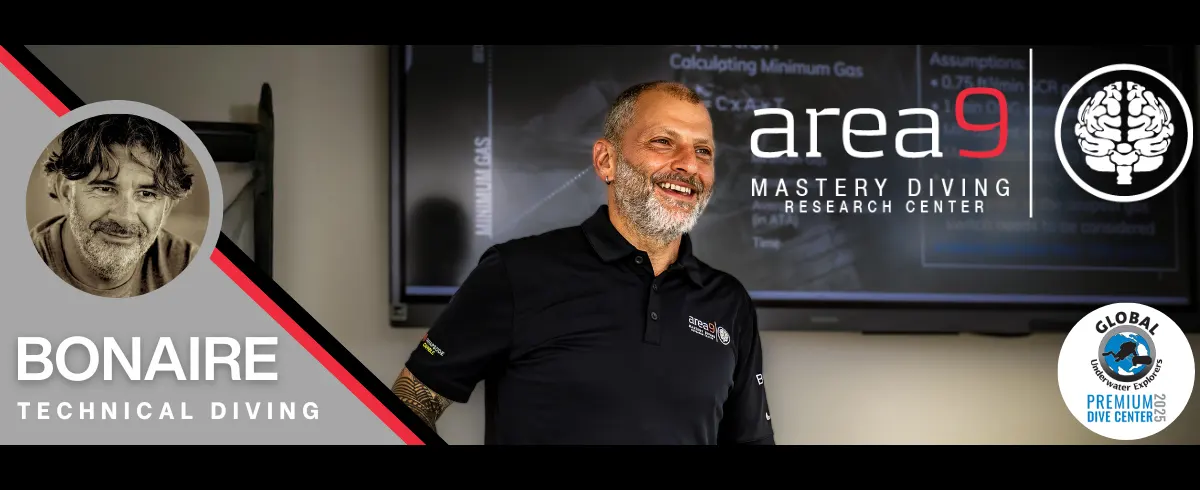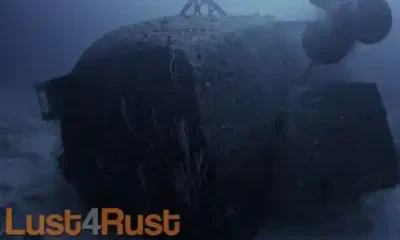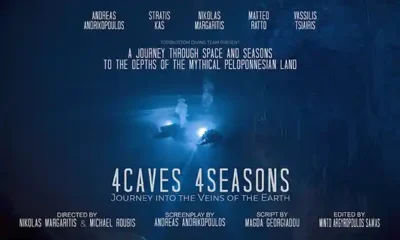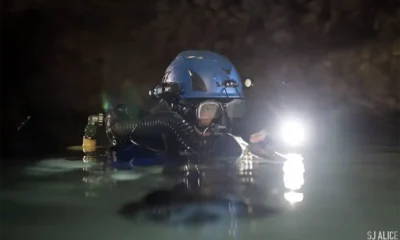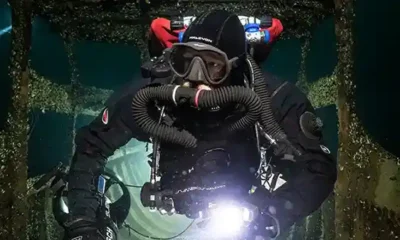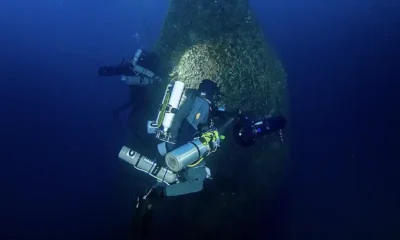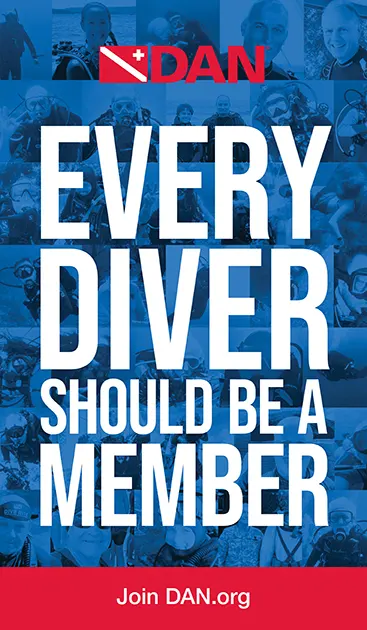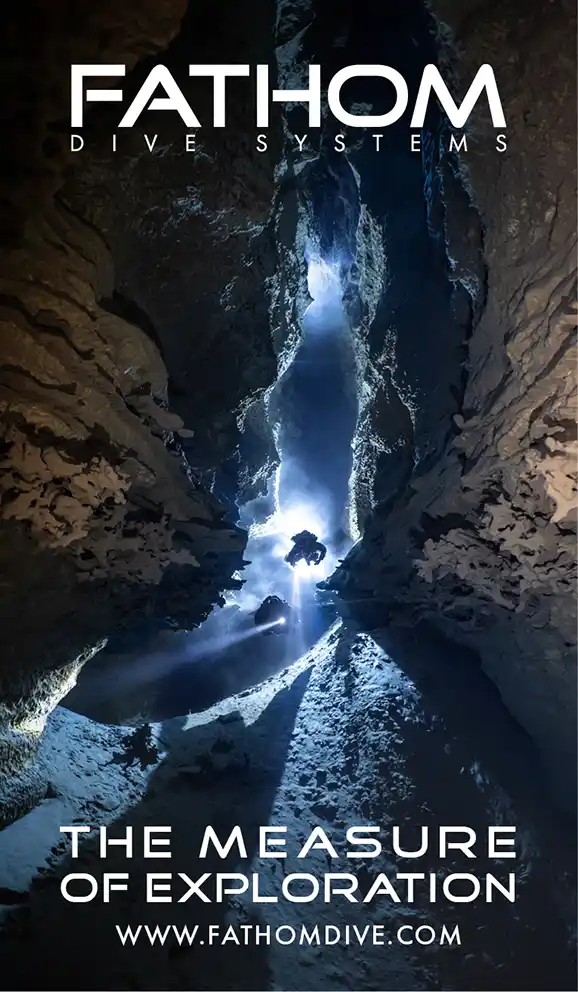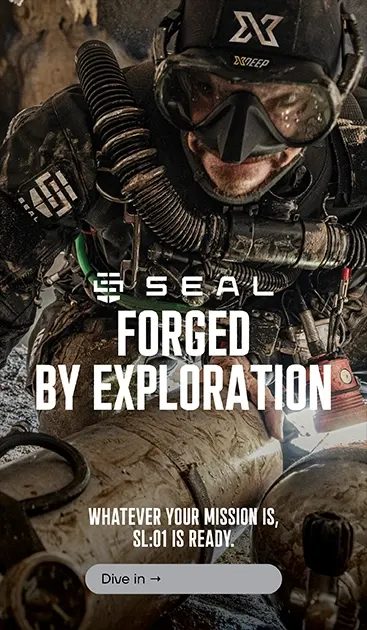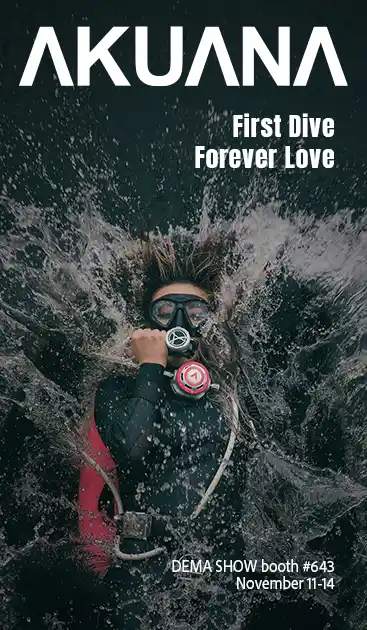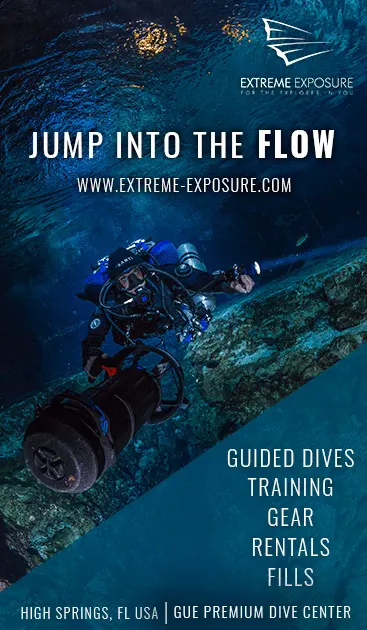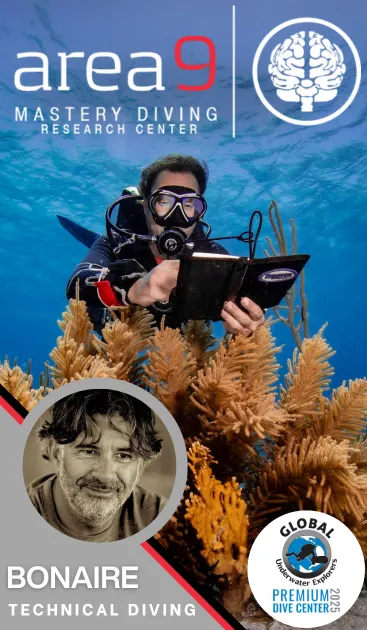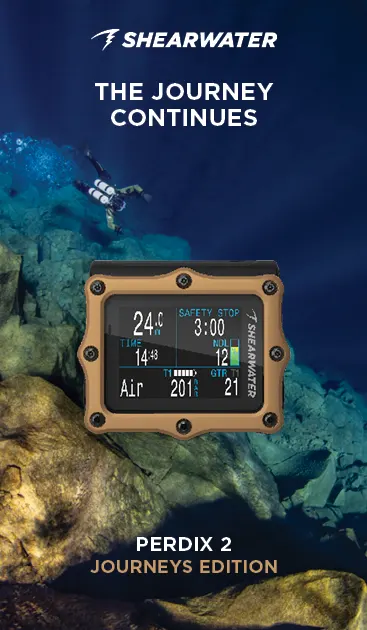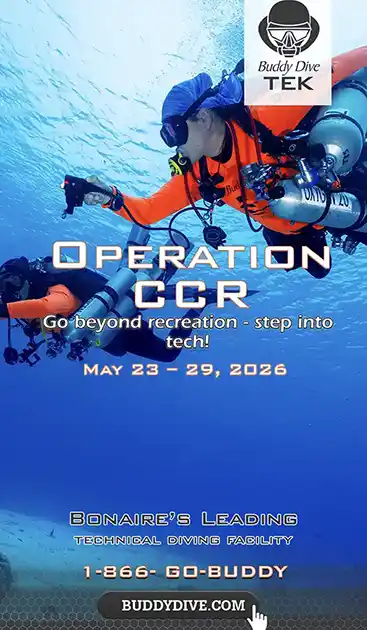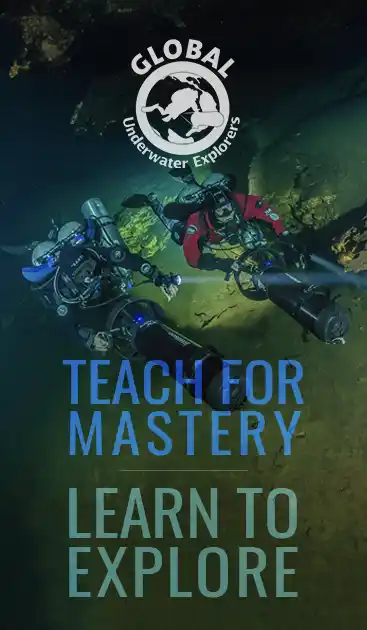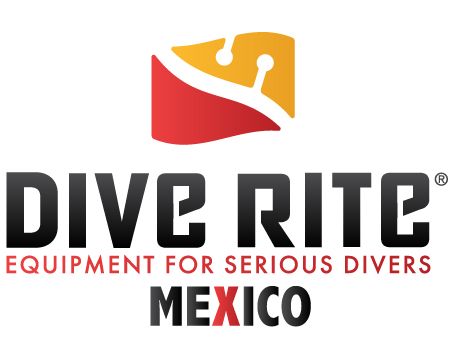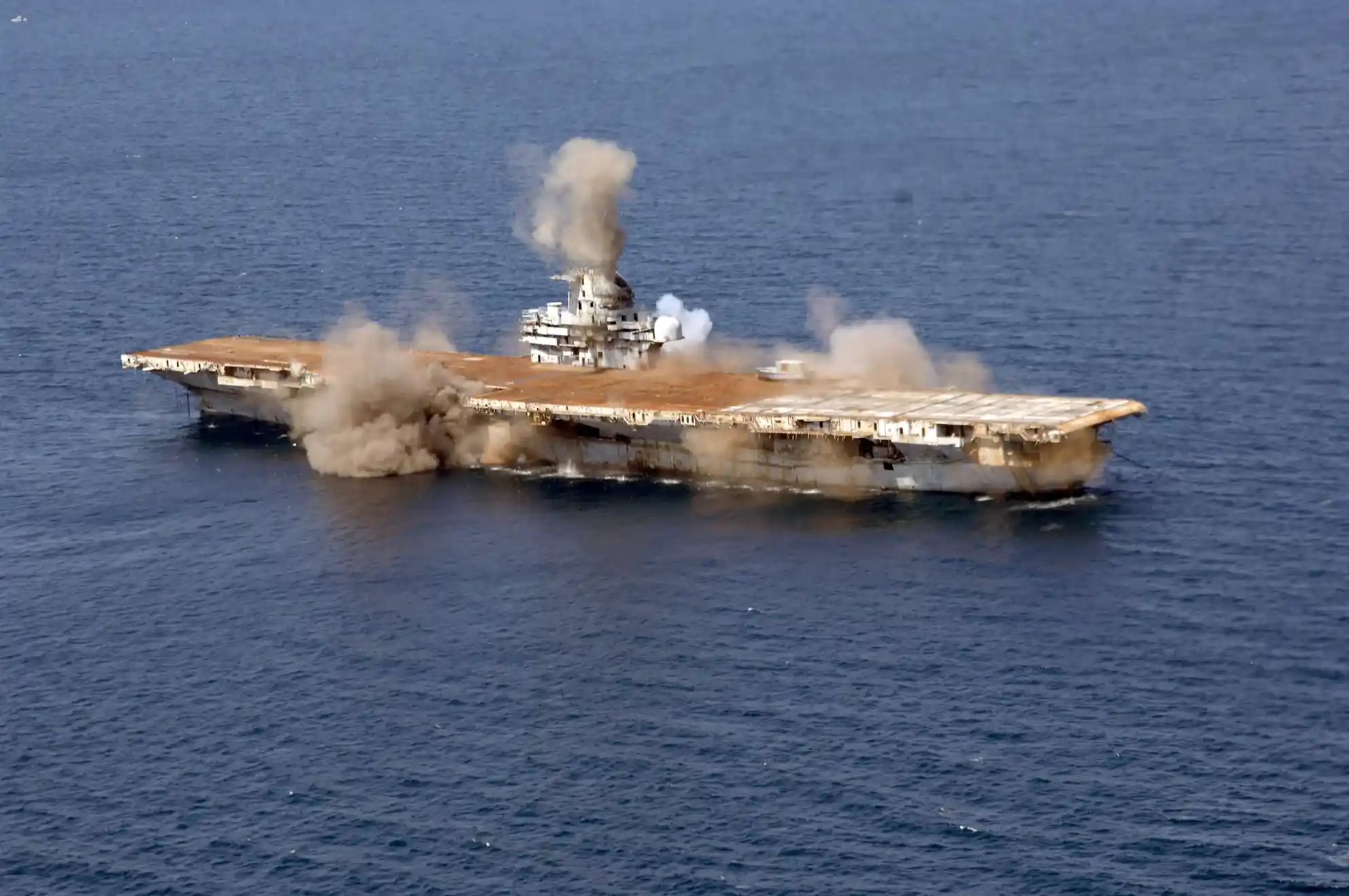
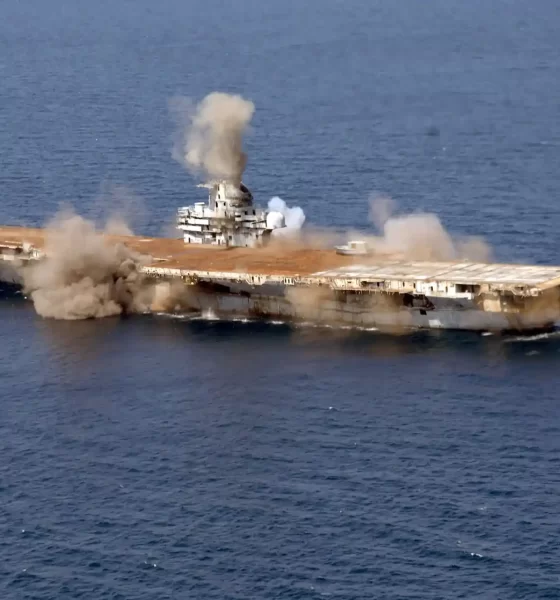
Diving Tips and Tricks
Diving/NOT diving the Oriskany: A Lesson in Planning and Weather
Sometimes the hardest dives are the ones that never happen. This summer, months of planning for the USS Oriskany—the “Mighty O”—were cut short by Florida’s skies. Yet the real lessons came from the preparation, teamwork, and resilience it takes to face the ocean on its terms.
by Cory Jason Bell
Lead Image: Detonations_aboard_the_USS_Oriskany U.S. Navy photo by Photographer’s Mate 2nd Class Jeffrey P. Kraus, Public domain, via Wikimedia Commons
Gearing up for the wreck dive of a lifetime on the USS Oriskany—a legendary aircraft carrier sunk off Pensacola, Florida—only to have Mother Nature throw a monkey wrench into months of planning is every diver’s nightmare. That’s exactly what happened to me and my dive team this summer. Despite the dive being cancelled, the journey to plan a technical dive on the “Big O” taught me invaluable lessons about preparation, coordination, and the unpredictability of the weather. Here’s a guide to planning your dive on the Oriskany.
Why the Oriskany?
The USS Oriskany was sunk in 2006 to create an artificial reef, and it’s a technical diver’s dream. She sits at a depth of 67 m/220 ft at the sand, with key features like the propellers, hangar deck, and flight deck ranging from 42.6 to 67 m/140 to 220 ft, it’s a playground for those with advanced training. But don’t let the allure of this massive wreck fool you; it demands meticulous planning, especially for hypoxic closed-circuit rebreather (CCR) divers like me, who’ve upgraded from their open-circuit days (2009) when bottom times allowed a measly 15 to 30 minutes.
“Now, with a CCR and a Suex DPV in tow, the goal was a deeper, longer dive to capture epic photos. Spoiler alert: The weather had other plans.”

Step 1: Step 1: Assembling the Dream Team
Planning a dive like this starts with people. As an active military officer, carving out time for a dive feels like navigating a bureaucratic labyrinth; think forms, approvals, and a 60-day processing window just to visit a dive site. I rallied 30 divers from Central Florida’s tech diving community: a mix of open-circuit and CCR enthusiasts, enough to charter a boat for ourselves. A quick Google search turned up technical dive charters in Pensacola that support rebreathers and DPVs. Start this process early—January for a June dive isn’t overkill. However, most charters often won’t lock in dates until closer to the season due to weather, so flexibility is key. After months of back-and-forth, we settled on June 29, 2025 and created a sign-up link to secure spots.


Once you’ve assembled your team, train together for the Oriskany’s specific challenges by practicing wreck penetration skills in shallower environments, as navigating the Oriskany’s hangar deck or superstructure requires precision to avoid silting or entanglement. Simulate long deco stops in training to build stamina: Hanging at 6 m/20 ft for over two hours isn’t just a test of patience but also of buoyancy control. The wreck’s depth and size demand more than just a CCR certification.
Step 2: Crafting the Perfect Dive Plan
The Oriskany’s depth, 67 m/220 ft at the sand, requires serious technical skills. For our CCR dive, we planned a multi-level profile: 30 minutes at 67 m/220 ft, 15 minutes at 58 m/190 ft , and 15 minutes at 43 m/140 feet with a total runtime of 213 minutes (3.55 hours), including 149 minutes of decompression. That’s right! Nearly two and a half hours of deco, so pack a good playlist (in your head, of course). We used Deco Planner to account for gradient factors (GFs), gas consumption, and DPV speeds, tailoring plans to each diver’s experience and risk. Safety was paramount: Each diver carried a Suex XJ-S DPV, CCR, and bailout cylinders (AL80 and AL40), along with backgas. A safety diver would hold the photographer’s bailout to keep them nimble. Ultimately, everyone in the team must have a clear understanding of the dive plan’s details and be comfortable with the risks before conducting the dive.
We coordinated with Blue Descent Photography for a photoshoot to capture the wreck’s propellers, hangar bay, and fantail. The Gulf’s currents can shift fast; in the weeks leading up to your dive, it’s a good idea to check with local dive shops about recent viz reports or sneaky thermoclines at 220 feet. This can save you from planning a photoshoot in pea-soup visibility. The photo team needed 5-8 minutes to set up lights behind the props and hull for that perfect shot. Only two divers wanted photos, so we allocated 5 to 10 minutes per diver per location. But the charter capped our runtime at 3 hours, forcing us to cut the bow and superstructure from the plan, bringing the total run to 2.73 hours. Always check with your charter for time limits, as these can make or break your dive. And don’t forget to run your own dive plan. What works for my JJ-CCR in GUE configuration might not suit your setup.

Step 3: Gear Up, Check, and Double-Check
Technical diving is unforgiving—forget a scrubber or skip a gear check, and you’re not diving. Before our 12-hour road trip from South Florida, I triple-checked my JJ-CCR equipment list, conducted a CHAOS pre-breathe the morning of the dive, and ensured bailout cylinders were analyzed, rigged, and ready. The team was reminded to do the same (and to pack a save-a-dive kit). At this depth, with decompression obligations piling up, there’s no room for “Oops, I forgot my rebreather.” Personal accountability is non-negotiable. If your gear isn’t dive-ready, speak up before you’re 220 feet down with a problem. Failure to properly ensure that your gear is dive-ready can create a worst-case scenario.

Step 4: Weather, the Ultimate Dive-Bomber
Florida in summer is a diver’s paradise—until it isn’t. My 2009 Oriskany dives spoiled me with glass-calm seas and stellar visibility. This time, the weather app promised smooth sailing, but a last-minute morning check revealed an early afternoon storm brewing. We planned to depart at 1:30 PM, but light showers at the dock led to an hour’s delay. Then, the captain dropped the bombshell: lightning over the wreck, with no guarantee it would clear after the 1.5-hour trip to the site. The dive was scratched. After $2,000, months of planning, and a family road trip with a rest stop in High Springs, it was a gut punch. Blue Descent Photography, enroute from Marianna, pivoted to lunch and a visit to the Pensacola National Naval Air Museum instead.
“Moral of the story: Always have a Plan B, like a museum tour or a spot for a good burger. Be sure to ask your dive charter if they can build in an extra day in case weather impacts.”

Lessons from a Dive That Never Was
So, what did I learn from this non-dive? First, plan early and expect delays, as bureaucracy and weather don’t care about your enthusiasm. Second, coordinate closely with your charter and photographer to align dive and photo goals. Third, double-check your gear and your team’s because, even though technical diving is a team sport, you’re ultimately responsible for your own kit. Finally, embrace the unpredictability of ocean diving. Unlike cave diving, where conditions are somewhat stable, the ocean and weather can be fickle. This is one reason why some divers stick to caves, but I say adapt to where you are—whether it’s a murky lake or the ripping currents off West Palm Beach. When scheduling a dive like the Oriskany, book an extra day or two in Pensacola to allow for weather delays. This gives you a second shot if lightning crashes your dive-day or if ocean conditions are prohibitive.

Conclusion
The Oriskany remains a bucket-list dive for me, with its massive structure and technical challenges. Ultimately, I look forward to capturing the memories of this wreck to share with others. While our 2025 trip didn’t happen, the planning process was a masterclass in preparation, teamwork, and resilience. So, gear up, stay positive, and dive safely.
Enjoyed this read? Here are more stories that tie into it.
DIVE DEEPER
InDEPTH: Citizen Wrecker by Barry McGill (2024)
InDEPTH: Extending The Envelope Revisited: The 30 Deepest Tech Shipwreck Dives by Michael Menduno (2022)
InDEPTH: Finding the Wreck of the “Admiral Knight” By Ewan Anderson (2022)

Cory Bell was certified through NAUI in 2001 and, in 2007, he took GUE’s Fundamentals course. His passion for the underwater worlds holds no bounds; however, he focuses on cave diving and especially enjoys deep technical cave diving. Now a JJ-CCR hypoxic trimix rated cave diver, Cory balances time between open circuit and closed-circuit diving from West Palm Beach to North Central Florida and across the globe.
Cory serves on active duty for the United States Army, assigned as the Deputy Commander for South Florida for the Corps of Engineers, where he can assist WKPP as a support diver. He hopes to one day become a cave explorer, updating cave maps for future cave divers to use while planning safe dives. You can follow his diving adventures on Instagram (@cory.j.bell.83), connect with him on the Halcyon app under “corybell”, or reach him directly at cjbell@gmail.com.


